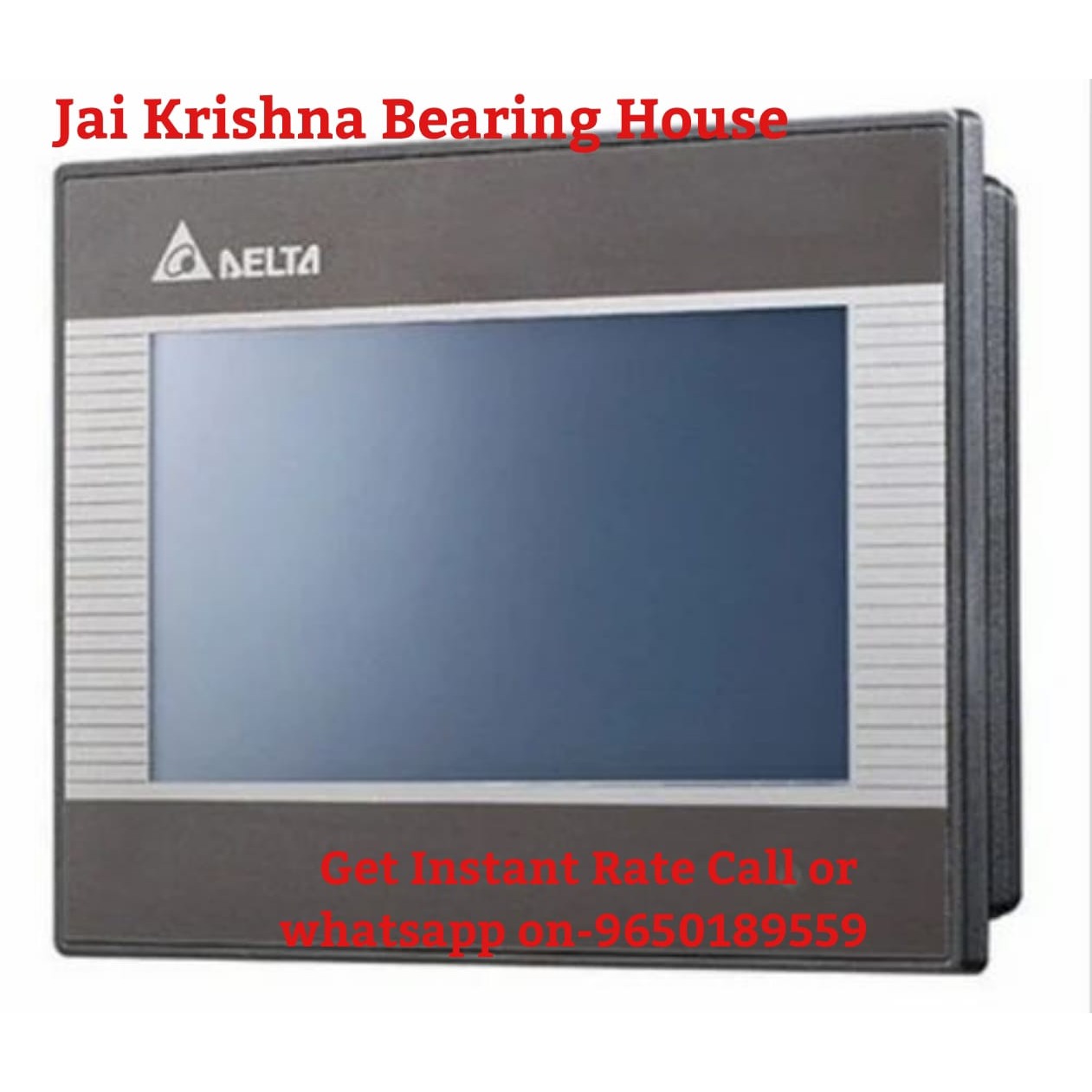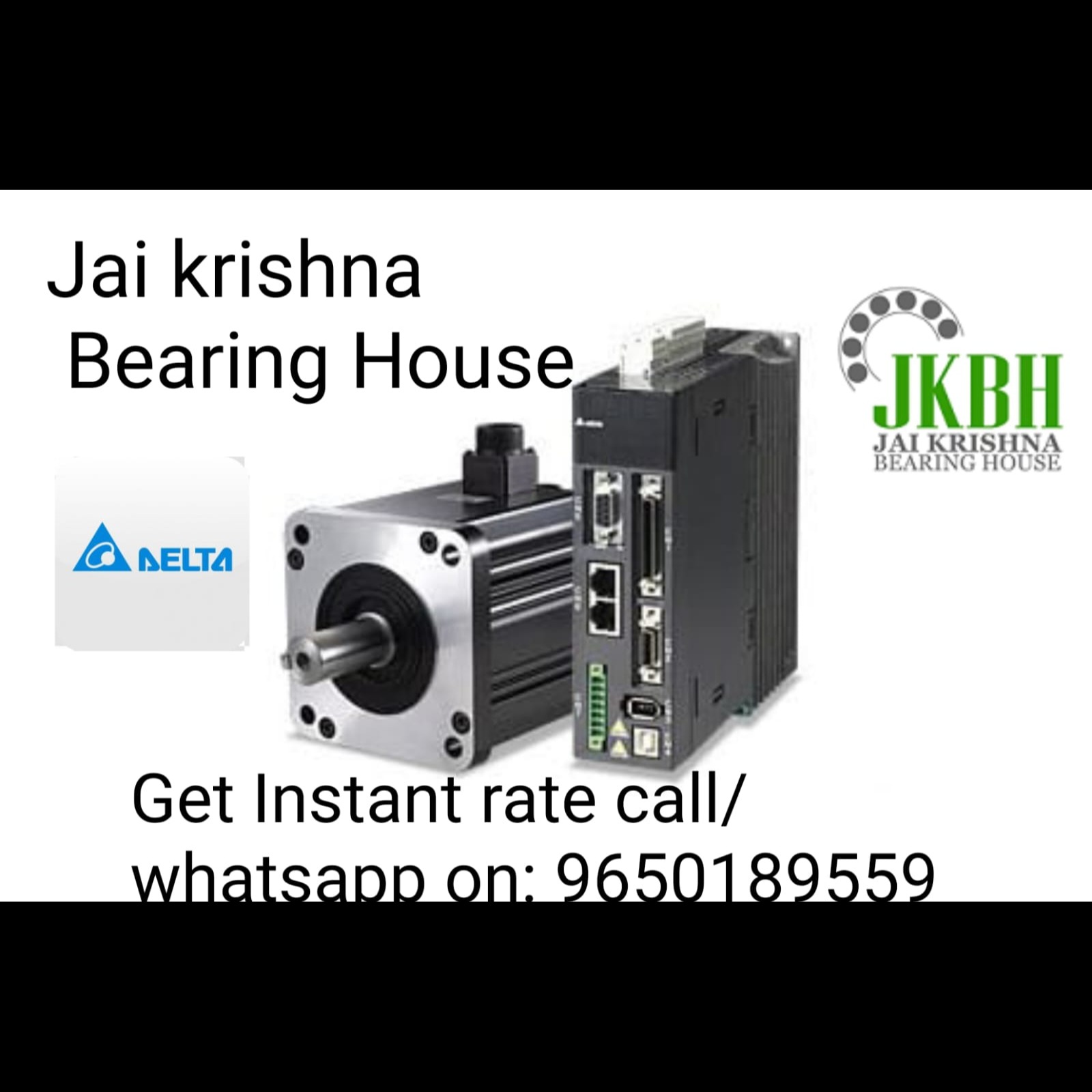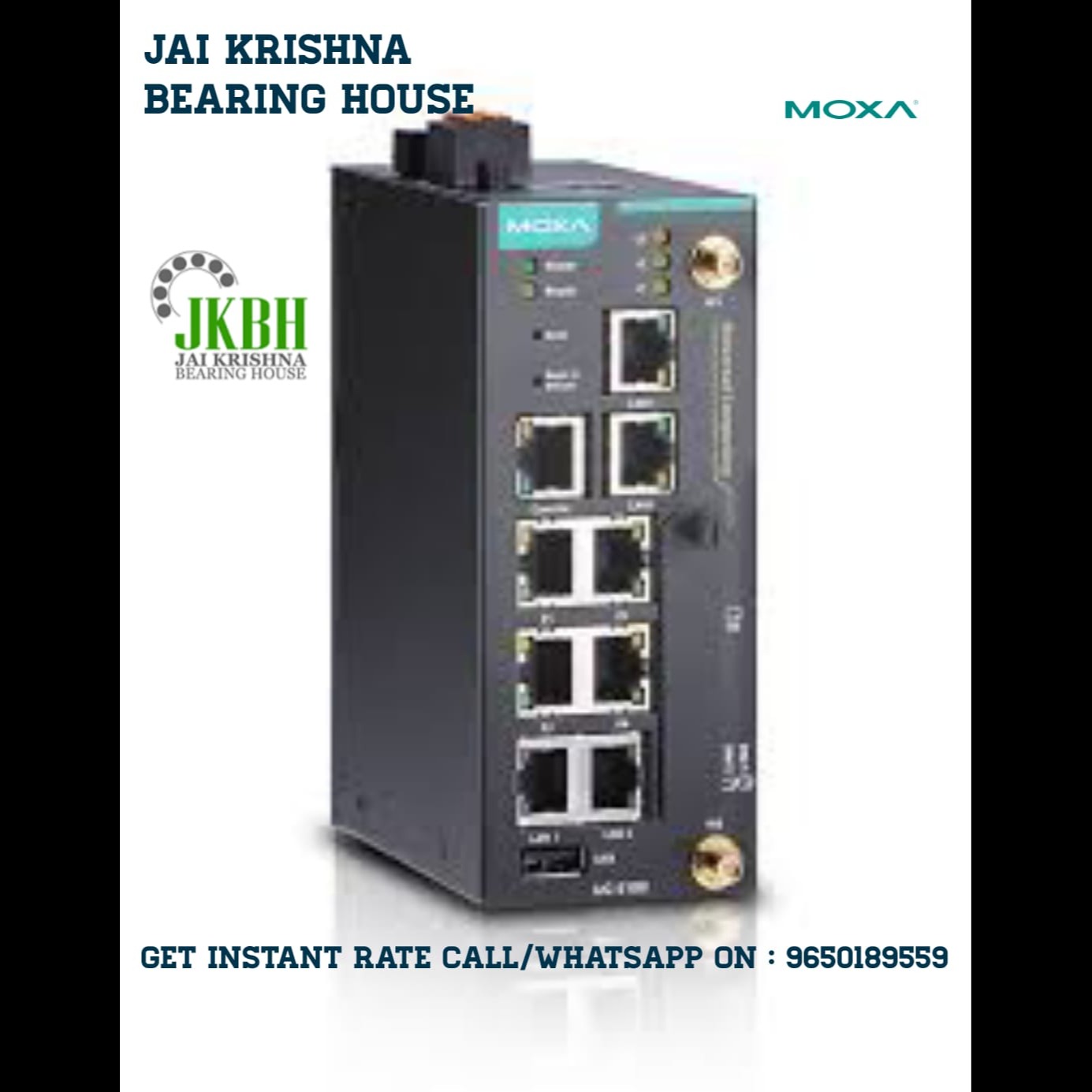
The primary purpose of HMI/MMI is to provide a seamless and user-friendly interface that allows operators to monitor and control machines effectively. A well-designed HMI enhances productivity, reduces errors, and improves overall user satisfaction by presenting information in a clear and accessible manner.
Streamlines operations by providing real-time data and control options.
Reduces the time required to perform tasks through intuitive interfaces.
Minimizes downtime by enabling quick identification and resolution of issues.
Improved User Experience
Simplifies complex processes through visual representations and easy-to-use controls.
Supports multi-language options to cater to diverse user groups.
Provides immediate alerts and notifications for critical system statuses.
Allows for secure access controls and user authentication.
Facilitates remote monitoring and control to prevent hazardous situations.
Cost Savings
Reduces training time and costs due to intuitive design.
Lowers maintenance expenses by enabling proactive system monitoring.
Enhances decision-making through comprehensive data analysis and reporting tools.
3. Types of HMI/MMI Systems
1. Pushbutton Replacer HMIs
Replaces traditional mechanical buttons with digital interfaces.
Commonly used in manufacturing settings for controlling machinery.
Offers flexibility and scalability in adding or modifying controls.
2. Data Handler HMIs
Focuses on processing and displaying large amounts of data.
Utilized in industries like energy and utilities for monitoring system performance.
Supports data logging, trending, and analysis features.
3. Overseer HMIs
Provides comprehensive oversight of entire systems or processes.
Employed in complex operations such as oil and gas production or large-scale manufacturing.
Integrates multiple subsystems into a unified control interface.
4. Mobile HMIs
Accessible via smartphones, tablets, or other mobile devices.
Enables remote monitoring and control from any location.
Ideal for field service operations and on-the-go management.
4. Applications of HMI/MMI Across Industries
Manufacturing
Automates production lines and monitors equipment performance.
Enhances quality control through precise process management.
Integrates with other systems like SCADA and PLCs for comprehensive control.
Healthcare
Operates medical devices and diagnostic equipment.
Improves patient care through accurate and timely data presentation.
Ensures compliance with health and safety regulations.
Automotive
Controls vehicle infotainment systems, navigation, and driver assistance features.
Enhances driver experience through interactive dashboards and controls.
Supports autonomous driving technologies with advanced interfaces.
Energy and Utilities
Manages power generation and distribution systems.
Monitors environmental conditions and resource usage.
Facilitates quick response to system faults and emergencies.
Aerospace and Defense
Operates complex navigation and control systems in aircraft and spacecraft.
Provides real-time data for mission-critical decisions.
Ensures high reliability and safety standards in operations.
Utilizes gesture and voice recognition for interaction.
Reduces physical contact, enhancing hygiene and convenience.
Applies to sectors like healthcare, automotive, and consumer electronics.
Augmented Reality (AR) and Virtual Reality (VR)
Provides immersive experiences for training and operational purposes.
Enhances visualization of complex data and systems.
Supports remote assistance and collaboration.
Artificial Intelligence (AI) Integration
Enables predictive maintenance and intelligent system responses.
Personalizes user experiences through learning algorithms.
Improves decision-making with advanced data analytics.
Internet of Things (IoT) Connectivity
Facilitates seamless communication between devices and systems.
Allows for real-time monitoring and control across distributed networks.
Enhances scalability and flexibility of operations.
Multi-Touch and 3D Interfaces
Offers intuitive and interactive control mechanisms.
Supports complex gestures and manipulations for detailed operations.
Enhances user engagement and efficiency.
Designing Effective HMI/MMI Systems
User-Centered Design
Maintains uniform design elements across the interface.
Reduces complexity by presenting only necessary information and controls.
Utilizes clear and straightforward navigation structures.
Feedback and Responsiveness
Provides immediate and informative feedback for user actions.
Ensures quick response
Keywords
Mobile HMIs
patient care
Cost Savings
complex data
data logging
user actions
training time
3D Interfaces
large amounts
other systems
go management
Overseer HMIs
system faults
quick response
resource usage
gas production
entire systems
real-time data
control systems
quality control
control options
AI) Integration
Virtual Reality
medical devices
reporting tools
primary purpose
user engagement
immediate alerts
complex gestures
physical contact
safety standards
high reliability
power generation
production lines
intuitive design
user experiences
complex processes
IoT) Connectivity
Augmented Reality
voice recognition
accessible manner
remote monitoring
remote assistance
driver experience
analysis features
Data Handler HMIs
complex operations
complex navigation
safety regulations
digital interfaces
system performance
Automotive Controls
detailed operations
learning algorithms
multiple subsystems
user authentication
advanced interfaces
diverse user groups
informative feedback
intuitive interfaces
operational purposes
consumer electronics
distribution systems
diagnostic equipment
maintenance expenses
hazardous situations
quick identification
real-time monitoring
User-Centered Design
other mobile devices
necessary information
immersive experiences
equipment performance
comprehensive control
seamless communication
manufacturing settings
predictive maintenance
multi-language options
visual representations
interactive dashboards
secure access controls
Artificial Intelligence
user-friendly interface
comprehensive oversight
advanced data analytics
uniform design elements
environmental conditions
field service operations
Improved User Experience
timely data presentation
Pushbutton Replacer HMIs
critical system statuses
large-scale manufacturing
Effective HMI/MMI Systems
unified control interface
overall user satisfaction
mission-critical decisions
driver assistance features
precise process management
comprehensive data analysis
proactive system monitoring
vehicle infotainment systems
intelligent system responses
interactive control mechanisms
traditional mechanical buttons
autonomous driving technologies
straightforward navigation structures



